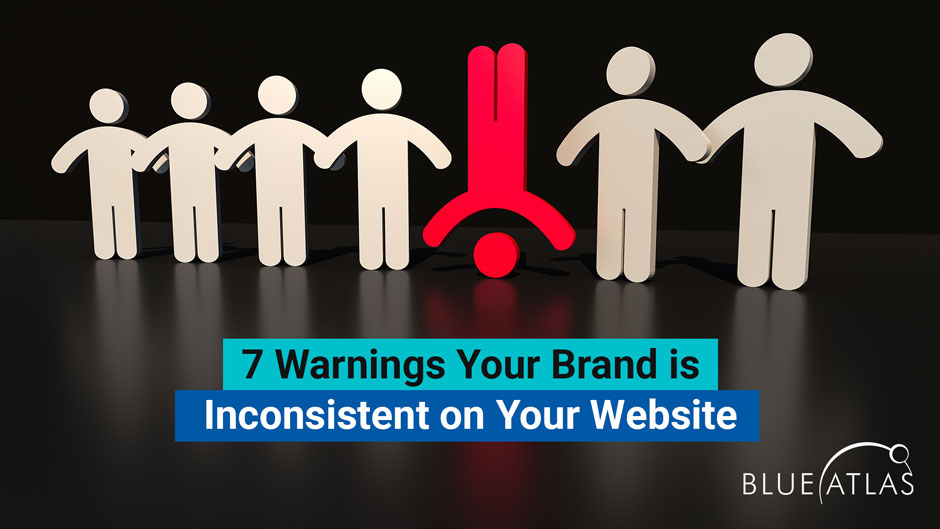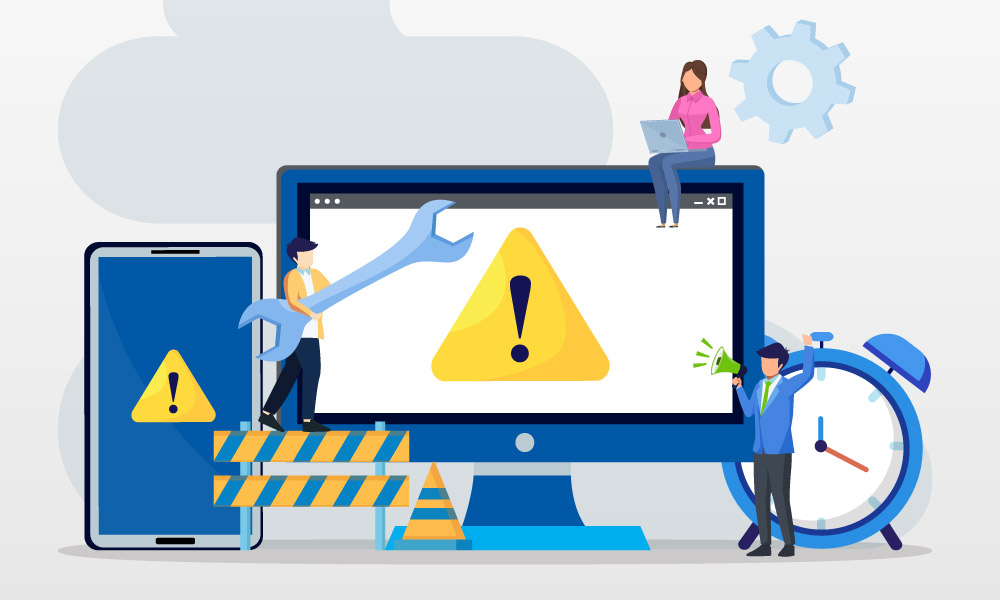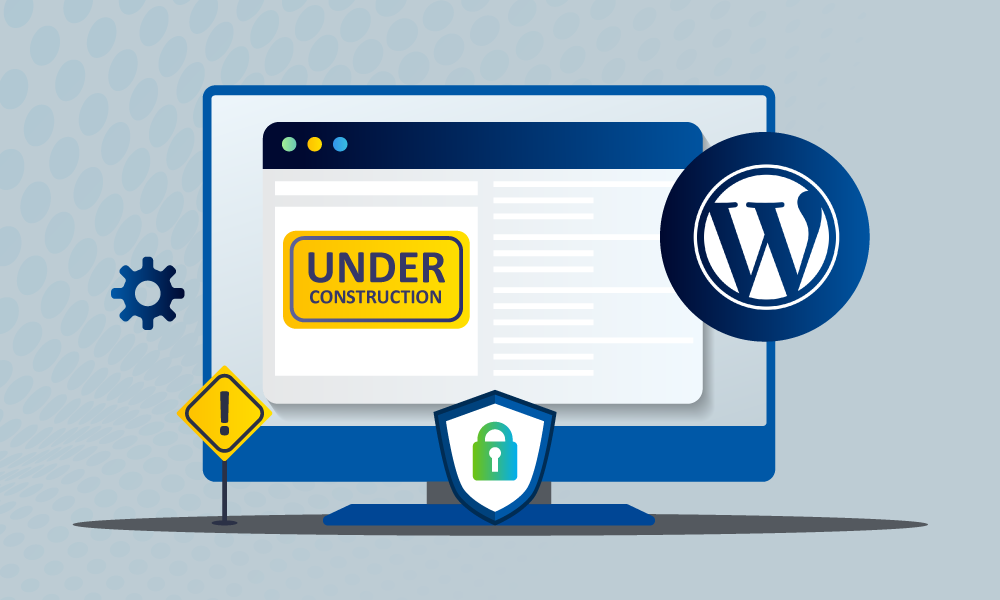7 Warnings of Brand Inconsistencies on Your Website

Brand inconsistencies on your website can make the experience confusing or painful for new visitors – but it’s not always clear when there’s an underlying problem. Let’s look at a few common red flags that indicate inconsistency on a brand’s website, and why it should be fixed.
1. You’re Using Different Logos Across Your Website and Social Media
It’s not uncommon for businesses to update their logo every several years or so – and if you are interested in logo changes, Blue Atlas Marketing would be happy to walk you through the process! Logo updates can accomplish many useful things, such as making logos friendly for a wider variety of formats, solving problems with visibility, or updating to give the logo a more obvious or customer-focused style.
The problem comes when a new logo is created but not widely distributed across online media. Leads can grow confused when they encounter multiple logos for the same business and may have trouble remembering your name or other important details. It’s important that every logo on every page of your website is switched over to the new version. This same logo should also have versions that are friendly for social media, thumbnails, emails, and other internet content so it’s always clear your brand is involved.
2. You’ve Updated Your Tone of Voice but Not Your Landing Pages
This can sometimes happen to a business after a significant writing push where the company has created many new content and blogs, and maybe even has a tone style guide for creating new product listings or social media content to help everything stay consistent.
When this happens, older content can sometimes get left behind. If the brand has worked hard on creating a cheerful, positive tone for its blog, advice, and news updates, visitors may get a bit of whiplash visiting older landing pages where the tone has remained stilted and stuffy. If you are updating your brand’s tone for a new age, it’s important to update all your website to match.
3. Your Address Information Varies from Place to Place
Address inconsistency is a surprisingly important issue for brand quality and local SEO. The typical elements of your brand address – full business name, physical address, phone number, email, etc. – need to remain exactly the same across all your web content. Sometimes, when one of those elements changes (such as moving to a new office in a different part of town), only some of the address info on the website is updated…or social media and directories may get updated, but the address on the website is not.
This is problematic and confusing for both new customers and search engine crawlers. If it’s been a while since a brand has checked, it’s a good idea to visit every spot on the website where your address is mentioned and ensure they are all up-to-date and identical. If necessary, the same goes for social media and directories like Google My Business.
4. Updates Have Made Your Website Too Generic in Tone and Topic
Other brands can swing too hard in the direction of trends and popular lingo, along with mimicking what they see competitors doing. There’s room for this in a marketing strategy, but when it overtakes all the content on your website, visitors can start to feel like they’ve seen it all before. If your brand promises unique services and quality, your site shouldn’t sound like every other web page in the industry: Your tone and content also need to be unique! This is why it’s important for a brand to find its voice and focus on topics where the business holds real expertise.
5. Your Web Traffic Isn’t Matching Your Target Audiences
Mismatches in your online goals and web traffic can also indicate a problem with brand consistency and the phrasing that a website is using. Look for warning signs like organic traffic that seems to be coming from odd, off-brand keywords, or traffic that comes from your ads and social sites then quickly bounces, as if the visitor found something they weren’t expecting. Your brand may need a closer look at its SEO and website presentation.
6. Your Website No Longer Matches Your Printed or Commercial Content
We see this when a business creates new versions of its pamphlets, business cards, or commercials (sometimes with new logos, new color choices, etc.), but doesn’t update its website similarly. Printed materials should always match your site! Many leads will move from one to the other, so the appearance needs to be consistent. As your printed materials get an update or refresh, you probably want to consider updating your website design as well to keep things consistent, up-to-date and get rid of those brand inconsistencies.
7. There’s No Balance in How Your Website Uses Images
Images should be well-distributed across your website, not confined to only a few pages or relegated to just the blog section. That’s an important part of how easy it is for visitors to absorb your content and find what they are looking for – if you bounce from lots of images on one part of the site and no images on another, leads will quickly get tired of it.
Plan of Action
Addressing brand inconsistencies on your website requires a robust plan of action: Blue Atlas can help you save time, identify your most important brand strategy goals, and update your website to match your brand identity. Contact us today to get started.
Start planning your website redesign with free resources in our redesign planning kit!






